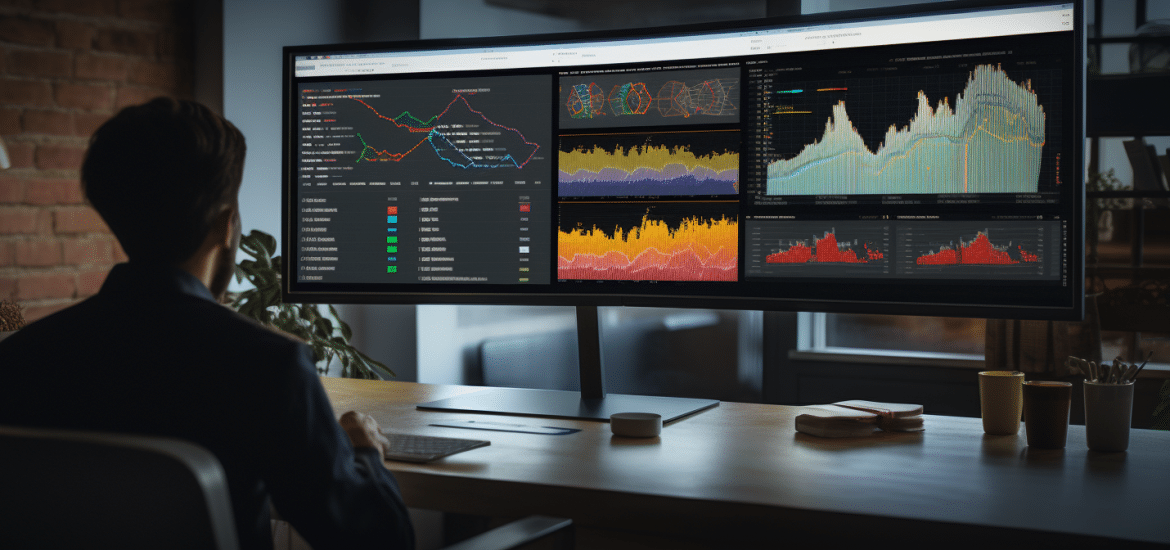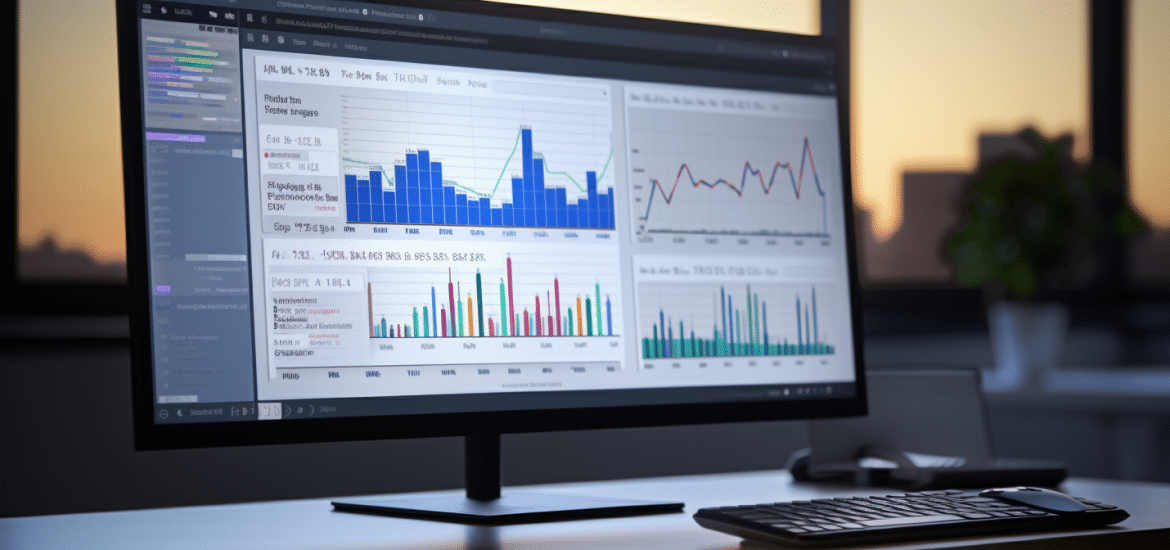Performance dashboards have increasingly become indispensable tools in business management. They offer a simplified yet comprehensive insight into a company’s performance and are a crucial element in data-driven decision-making. Their potency and relevance have only grown with the rise of automation. The following article shines a spotlight on the multitude of benefits that automating performance dashboards brings to the table and its evolution. Keep reading.
Understanding the Concept of Performance Dashboards
A performance dashboard is a practical tool that visually tracks, analyzes, and displays key performance indicators (KPIs), metrics, and key data points to monitor the health of a business. They provide an easy-to-understand, comprehensive snapshot of performance, and assist in making educated decisions based on collected business data.
Having a reliable comprehension of performance dashboards supports organizations when formulating strategies, identifying trends, gauging productivity, and monitoring business performance. They act as a strategic link between a company’s objectives and its measurable performance.
A well-designed performance dashboard is flexible and customizable and accommodates various devices and screens – from desktops to mobile gadgets. This multiplicity increases accessibility and provides real-time updates necessary in the current fast-paced business world.
While using manual performance dashboards can provide valuable insights, automation introduces an exquisite degree of precision, time efficiency, and ease of use, thus enhancing the functions of these performance tools.
The Need for Automation in Performance Dashboards
In the current technological dispensation, businesses generate massive amounts of data that need to be organized and analyzed accurately. Manual inspection and analysis of these data points can be wearisome, time-consuming, and inherently prone to errors.
Automation of performance dashboards, therefore, serves as a panacea for such drawbacks. It introduces a degree of speed, precision, and consistency previously unattainable with manual handling. Automated dashboards fetch, classify, and analyze data automatically, eliminating the chance of human error.
The automation of performance dashboards goes beyond simplifying tedious tasks; it facilitates data democratization by making it readily available to individuals across the organization. Information can be processed and shared quickly, empowering everyone in the organization to make data-driven decisions.
Therefore, automation serves as an upgrade to conventional dashboard designs, enhancing their functionality and rendering them more indispensable to modern-day businesses.
Enhancing Business Intelligence with Automated Performance Dashboards
Business intelligence is a data analysis process that helps executives, managers, and other corporate end-users make informed business decisions. Automated performance dashboards play a pivotal role in this data-driven decision-making process by providing timely and accurate information.
The power to visualize complex data in a simplified manner allows businesses to glean information quickly. Businesses can then make prompt decisions without spending hours comprehending complex data sets.
The interactivity of automated performance dashboards also aids in enhancing business intelligence. Users can manipulate the data, drill down for in-depth details, change parameters, and watch the visuals adjust in real time. This ease of interaction facilitates a deeper understanding of the data.
Thus automation plays a significant role in shaping business intelligence, aiding businesses to be more result-oriented and decision precise.
How Automation Streamlines Decision-Making Process
 One of the many virtues of automated performance dashboards is the speed and reliability with which they provide data insights. Real-time access to accurate data visualizations aids in quicker, more informed decision-making processes offering a competitive advantage.
One of the many virtues of automated performance dashboards is the speed and reliability with which they provide data insights. Real-time access to accurate data visualizations aids in quicker, more informed decision-making processes offering a competitive advantage.
The sophistication of these dashboards mitigates the risk of inaccuracies and misinterpretations that may arise from manual handling, thereby improving the standard of decision-making.
Automated dashboards also toss aside the traditional bureaucratic approach in decision-making. When each department can access and interpret data independently, decisions can be made quicker, without waiting for the lengthy process of data interpretation and briefing by specific individuals.
Therefore, automation plays a pivotal role in amplifying the utility of performance dashboards, making them more reliable, fast, and accurate.
Altogether, automated performance dashboards have proven instrumental in improving business intelligence, streamlining decision-making processes, enhancing data visualization, and handling the challenges associated with manual data management. As businesses become increasingly data-driven, the significance of these dashboards will only elevate. Therefore, adapting to this automation revolution becomes not just viable, but indispensable for modern businesses.




